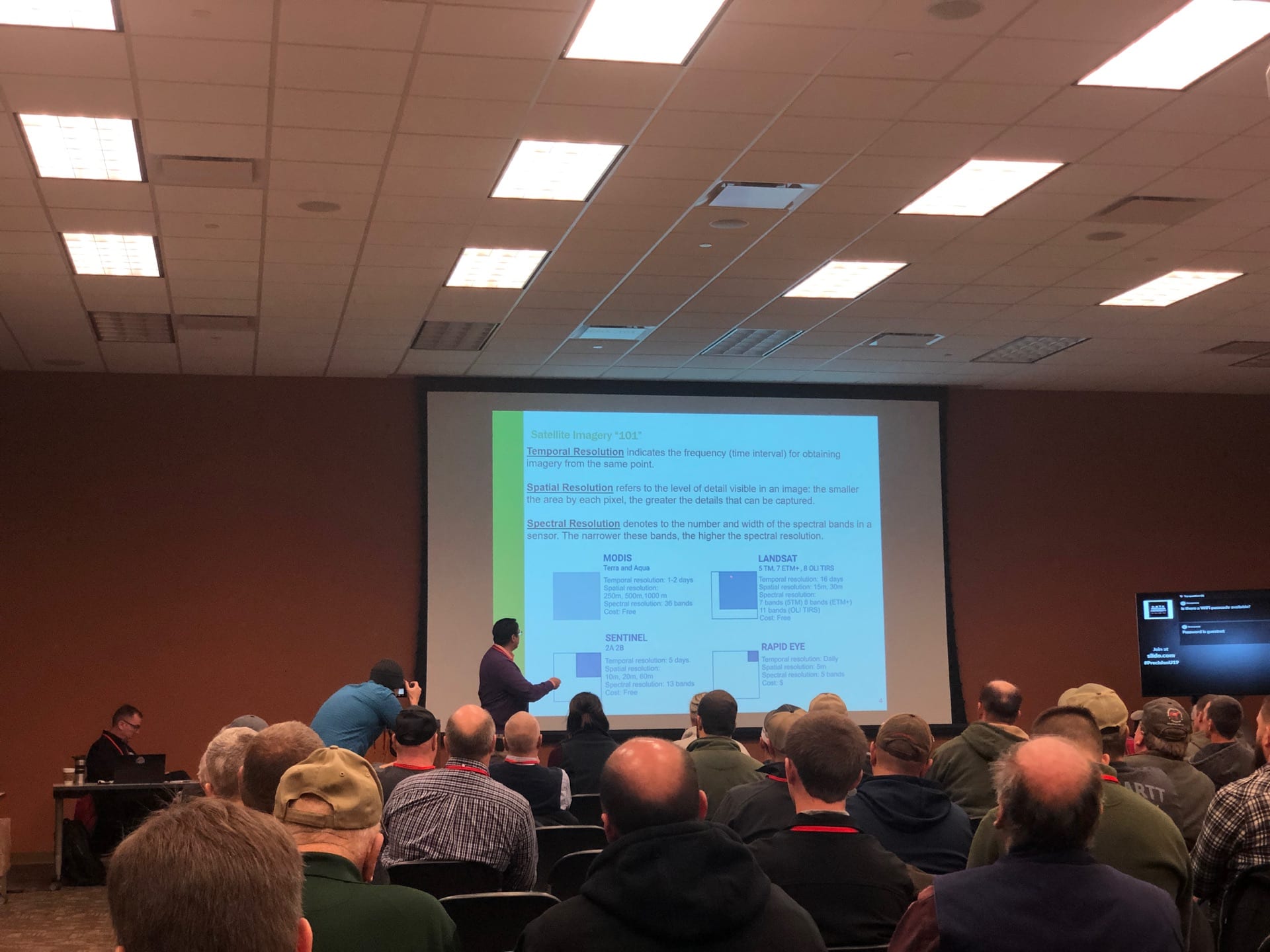Submitted by Faye Mahaffey
OSUE Brown County Master Gardener Volunteer
As the roller coaster Ohio weather treats us to 20-degree mornings and 55-degree afternoons and lots of rain, have you had a chance to walk around and make your list of changes in the landscape for next season? In an article in Ohio Gardener, Scott Beuerlein shares your 3 choices when making improvements in your yard:
1. Remove ugly things,
2. install pretty things,
3. Move pretty things around.
Beuerlein believes that removing ugly things might be the hardest choice. Gardeners loathe digging up and tossing living plants – even the ugliest ones! Don’t save it because it came from your old garden, or that it came from your favorite Aunt. If it’s ugly, it’s compost!
Installing pretty things usually involves shopping trips to your local nursery. Beuerlein recommends picking two or three of your best nurseries and trying to go to them regularly throughout the season. (I really like this tip, don’t you?) This is the best way to find new things that will guarantee a full season of interest. Establish a relationship with the smartest person at each nursery and during each visit ask them what is currently exciting them the most. Work these new acquisitions into the places ugly plants once occupied.
Moving pretty plants around will have to wait until spring. Make a note on your list of what you would like to move and where. I still have some flags in my daylily bed to remind me that a few cultivars need divided.
What do you need from a plant? In my garden, a plant needs to be low maintenance. I don’t like a “needy” plant.
A plant that joins my garden needs to be able to survive on its own. If it needs extra water, food, or protection, it won’t be on my list. Many gardeners buy a plant that comes with “must do” chores with good intentions, but who are we kidding? Do you really have time to attend to its needs?
Next a plant in my garden needs to be able to take weather extremes in stride. Every growing season we complain about the weather knowing that we have no way to control Mother Nature. Too wet, too dry, too hot, too cold – welcome to Ohio!
Lastly, we all need our gardens to make us look good. Come on, admit it. We want our plants to be attractive, but we can’t expect them to flower all the time! Gardeners need to be smart about what plants they choose to achieve a garden that has blooms all season long. Reading the plant labels carefully and doing some extra research will pay off in the end.
The research on raised beds for my vegetable garden has turned up a beautiful plan that has received the “husband approval”, which is very important since he will be the head carpenter on the project! The material list is being drawn up as I write this article. I will share more information in the coming weeks.
Have you been enjoying the fruits of your labor in the garden? We enjoyed some bread and butter pickles with some delicious cheese and the pot of chili was especially tasty thanks to the addition of the chili sauce (Ball Book).
After a walk in the woods over the weekend, I have pulled out the tree identification books. Identifying a tree by its bark is a challenge for me, how about you?


